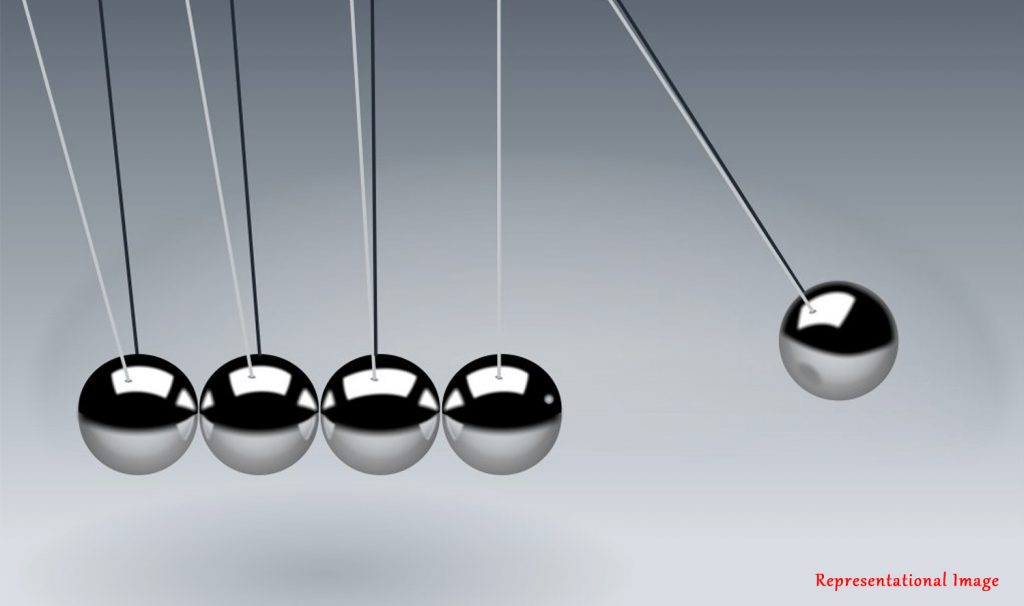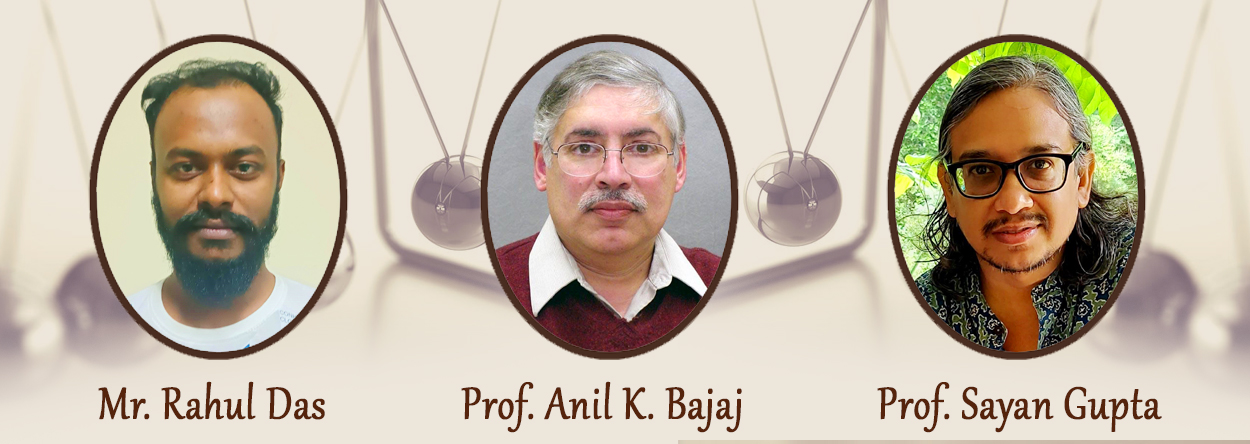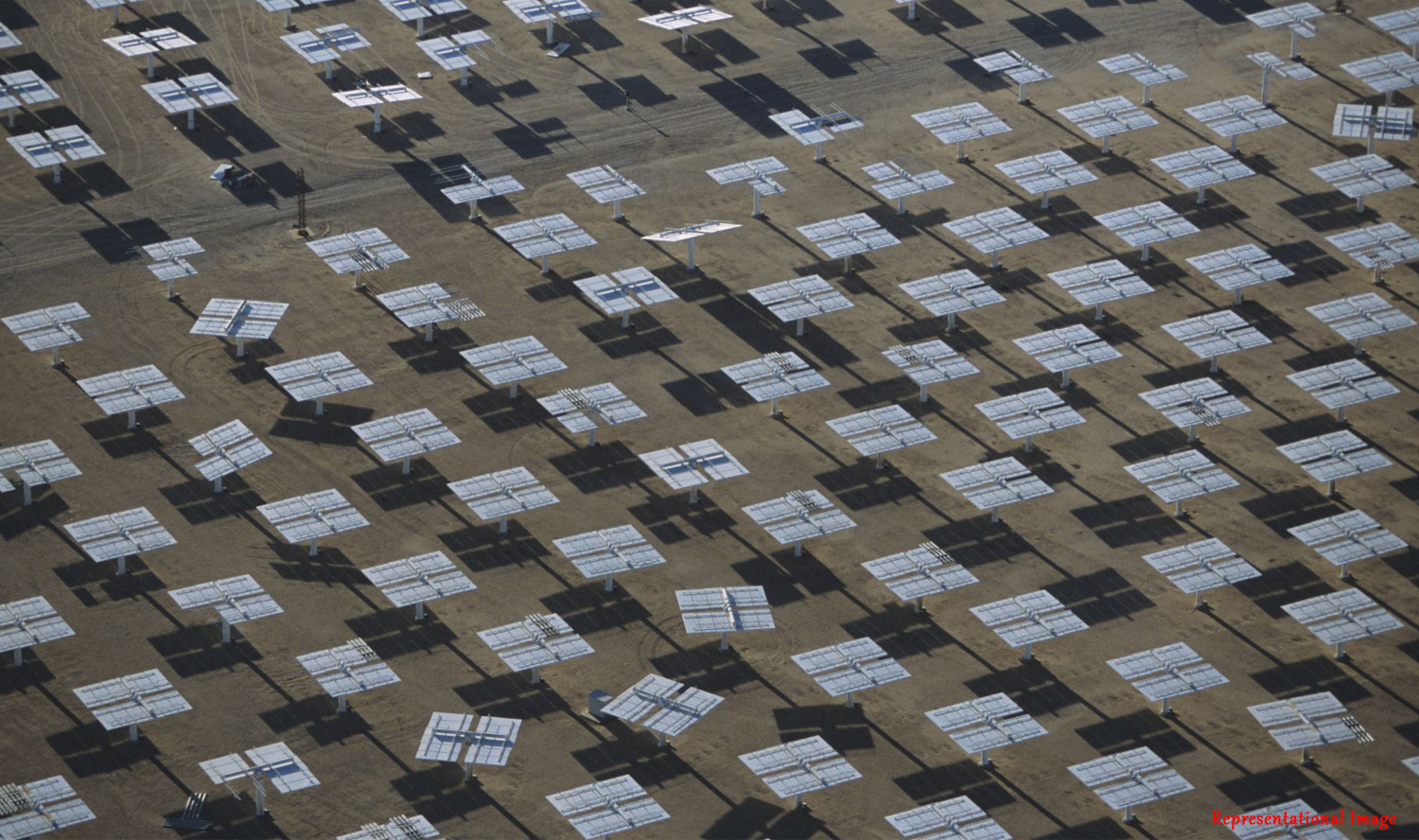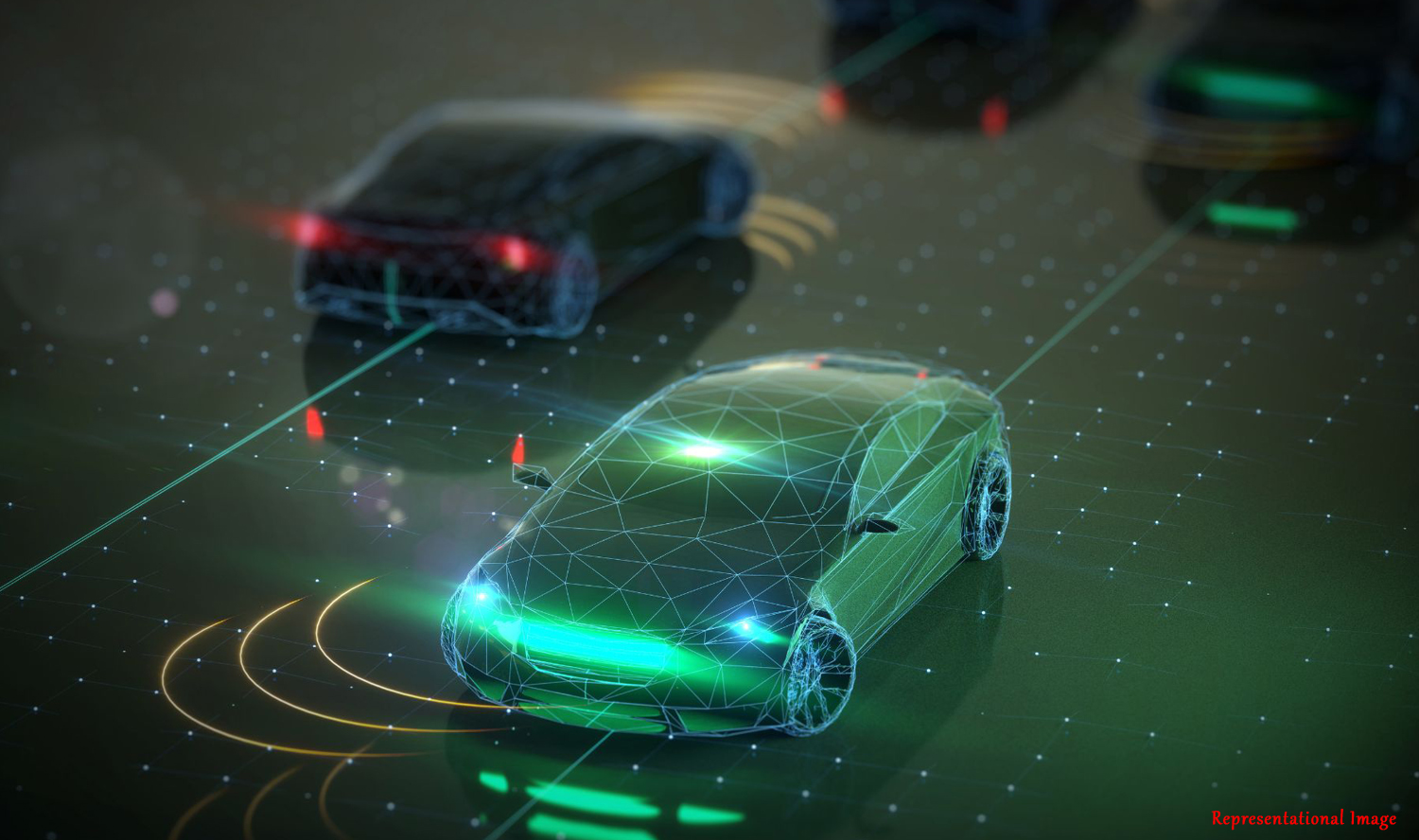
Historically, humans have harnessed wind energy since sails have been used for locomotion in ships and boats. The shift to fossil fuels for energy generation coincided with the advent of automation in the mid nineteenth century and the need for steady energy sources. However, in an increasingly energy hungry world, already struggling with depleting fossil fuel and their deleterious effects on global warming, the focus has shifted back to renewable energy sources like wind energy.
Recent advances in smart materials that generate voltages on deformations has led to significant research attention to vibration based energy harvesters. In the context of wind energy, an example would be to be able to harvest energy from simple artifices, such as a fluttering flag. The key to designing such harvesters lies in deciphering, using theories of nonlinear dynamics, the complex dynamics of the fluid (air) and the interacting flexible structure (the flag), such that the power harvested from the wind flow can be maximized.
Unlike linear harvesters which are tuned to work in a narrow band in the neighborhood of the fundamental frequency of the fluid-structure system, harvesters that exploit the nonlinearities – that come into play on account of large deformations – operate at a greater bandwidth and are therefore more useful in practice where the forcing can be quite random. The efficiency and bandwidth of these nonlinear harvesters can be significantly enhanced by attaching a secondary nonlinear dynamical system and tuning the parameters such that the flow of energy is unidirectional and irreversible, from the primary system to the secondary system. The secondary system thus behaves as a nonlinear energy sink and suppresses the vibration of the primary system by a unidirectional flow of energy on to itself. This designed unidirectional transfer of energy, termed as targeted energy transfer (TET) not only enables more efficient energy harvesting through the secondary structure, but also enables passive vibration control of the primary structure thereby preventing its damage.

Most research on the phenomenon of TET usually considers the primary oscillator to be linear. The recent collaborative study conducted by PhD student Mr. Rahul Das and his advisors, Prof. Sayan Gupta from the Department of Applied Mechanics, Indian Institute of Technology (IIT) Madras, Chennai, India (Prof. Sayan Gupta is also from Complex Systems and Dynamics, Indian Institute of Technology (IIT) Madras, Chennai, India) and Prof Anil K. Bajaj from the School of Mechanical Engineering, Purdue University, USA, considers the more complex but realistic situation where the primary system also behaves nonlinearly. For ease of investigating the phenomena, the primary and secondary dynamical systems have been considered as nonlinear oscillators. The goal of this study was to get insights into the physics of TET and understand the optimal conditions with the aid of analytical approximations.
Prof. Daniil Yurchenko from Institute of Sound and Vibration Research, University of Southampton, UK, gave his analysis of the study, and acknowledged the efforts of the authors with the following comments: “Target Energy Transfer (TET) is an intriguing fundamental phenomenon in nonlinear systems, that aims to develop an effective unreversible energy transfer between a primary excited system and an absorber, connected to it. This is especially important for mitigating adverse vibrations of the primary system or developing efficient energy harvesting systems. The theory of tuned mass dampers for linear system, when dynamics of the primary system and the absorber are governed by linear equations of motion, was developed over 100 years ago and is well-established today. However, when the absorber is connected by a nonlinear spring, i.e. governed by a nonlinear equation of motion, an exact analytical solution cannot be established in general. Nevertheless, the use of nonlinear systems is highly important since it has been demonstrated that in some cases nonlinear systems can be more effective than their linear counterparts. The scientists working with dynamical systems resort to study each nonlinear system separately, utilising either numerical or approximate analytical approaches in order to understand the influence of the system’s and excitation’s parameters on TET and identify the optimal parameters of the nonlinear absorber, often called Nonlinear Energy Sink (NES). It has been established that when the primary system is linear, the NES can be effective under certain conditions. Recent paper, published by Professor S. Gupta and his colleagues, takes a step forward and investigate the case when the primary system comprises of linear and nonlinear parts, i.e. Duffing oscillator. The complexification-averaging analytical technique, used by the authors, provides an approximate analytical solution that is compared to that of numerical simulations and demonstrates high accuracy of the proposed approach. Moreover, it is revealing the mechanisms of energy transfer and shows the influence of the system parameters onto its dynamic response. Thereby, the authors have developed a new tuning methodology for the NES parameters to maximise the TET efficiency in such systems.”
Article by Akshay Anantharaman
Click here for the original link to the paper










